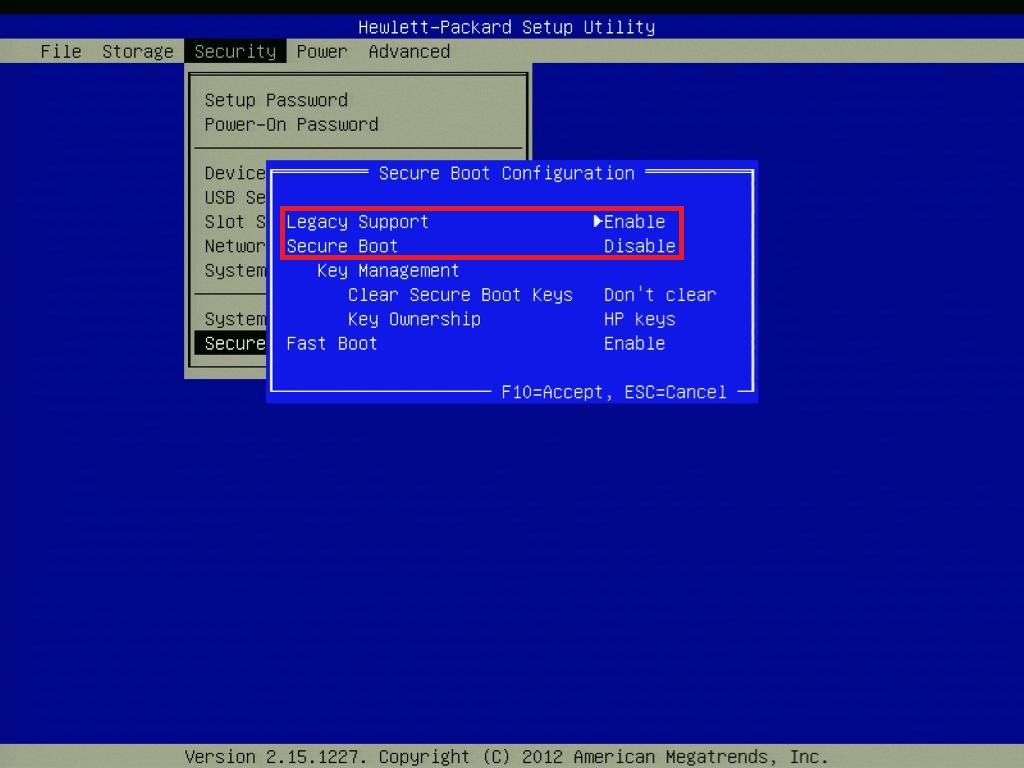

However, to get by until our applications are updated to be compatible and employees are trained on Windows 8, we need to install Windows 7. While we could have ordered them with the previous version of Windows, we went with the Windows 8 line because during configuration it allowed for a better video card and we plan on upgrading to Windows 8 down the road anyways. They come loaded with Windows 8 Professional which my organization isn’t ready to support yet, so we are reloading them with Windows 7 Enterprise. There’s a Microsoft Technet blogpost here that talks a little more about installing Windows 7 under UEFI.The Dell Optiplex 7010 is a nice piece of hardware. Once you’ve disabled Secure Boot and enabled the CSM you should be able to install Windows 7 as normal. The options are slightly different on each model of computer, but will refer to ‘Secure Boot’ and ‘CSM’. Once you’ve gained access to the BIOS / UEFI settings, you’ll need to ensure that Secure Boot is Disabled and the Bios Compatibility Support Module / Legacy Support is Enabled. In this case you can reboot to the configuration screens from within Windows 8: PC Settings > General > Advanced > Restart > Troubleshoot > Advanced Options > UEFI Firmware Settings However, some UEFI implementations won’t offer you this some will boot so fast that you won’t have time to read the prompt or press the right button. Usually this is done by pressing F2, F10, Delete or Escape when prompted during boot. You need to log into the BIOS / UEFI configuration page to make the required changes. This is for fairly technical reasons – specifically that the Windows 7 default video driver (vga.sys) doesn’t support the UEFI graphics output protocol (GOP). As well as disabling Secure Boot, it is also necessary to enable the UEFI BIOS Compatibility Support Module (CSM) to install Windows 7. Bottom line is that without changes you can’t install Win 7 on a laptop that came with Win 8 – the Windows 8 Microsoft Hardware Certification requires ‘Secure Boot’ to be enabled, which generates this error. Or possibly a different error, it doesn’t matter. If you’re trying to follow our previous blog post ( “Downgrade Windows 8 to 7”), you may have already run into an error message such as the following: Unfortunately, for those of us trying to install an older operating system (such as Windows 7) it also means compatibility issues.

For most of us, UEFI means faster boot times, better security and an improved user experience. UEFI (Unified Extensible Firmware Interface) supersedes the BIOS (Basic Input-Output System) – that black and white screen you get when you start your computer, which runs the initial start-up stages. Pretty much all modern computers from here on in are UEFI based.


 0 kommentar(er)
0 kommentar(er)
